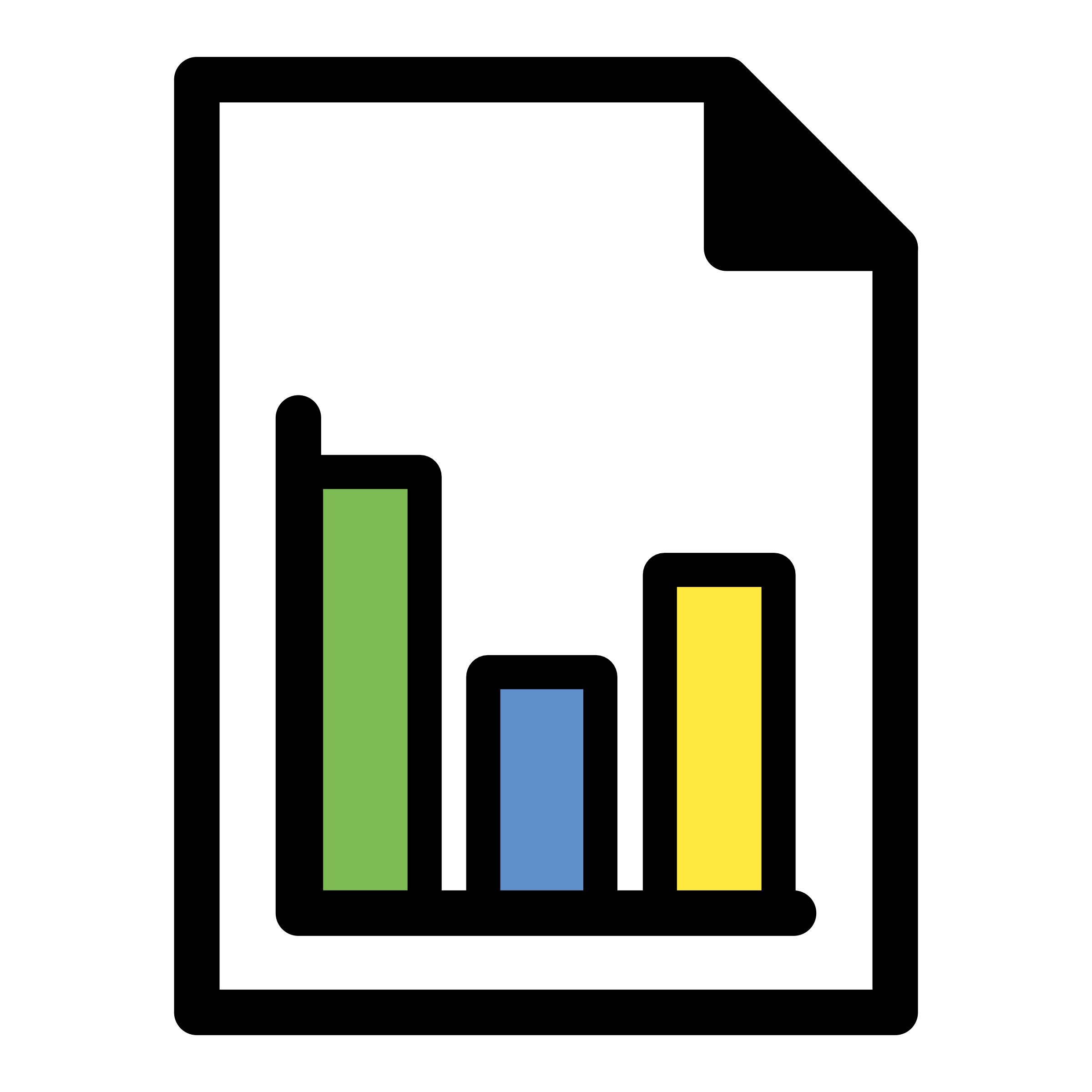The first idea is based upon the song "Twinkle Twinkle Little Star" to practise numbers 0-12. This is an idea that can be used in KS1 and also in KS2 .
In KS1 there is a very obvious and simple Maths link too as I have made and laminated some simple domino counting star cards.
I am using the Van Gogh painting "starry night" too:
- Ask the children to hum the tune of the song
- Ask the children to make stars in the imaginary night sky with their hands that twinkle as you him the tune
- Ask the children to now sing with you the numbers 0-12 in the target language to the tune of Twinkle Twinkle Little Star and to make their fingers twinkle like stars in the night sky
- Show the children the famous Van Gogh painting and ask them to look for the stars which he painted in the night sky.Can the class help you to count them?
- Explain that you are going to add coloured and numbered stars to this sky.
- Now invite volunteers to pick a domino star from your "starry bag" and to count the domino side of the star.What number do they think that they have and can they say this in the target language?Turn the card over - were they correct? Does their counting match the number they can see?
- Ask the children ,who volunteer, to stick (with blu-tac) the star to the picture wherever they would like to and to make sure it is domino star side up.
- Now sing your number version of Twinkle Twinkle Little Star but at the end of a verse , invite two children up to locate two stars.You say the number they must identify the star by looking at the domino stars
- The children select the star and then take it in turn to say the number and turn over the star and look at the number on the reverse.Does the class agree that they have picked the correct star?
- Time to create your own starry night display ....and add stars in the night sky of your own,but this time each child creates a star out of the written target language number in the shape of a star! You could ask the children to come and place their star on the starry night picture and make a silent wish too!



.jpg!Blog.jpg)





